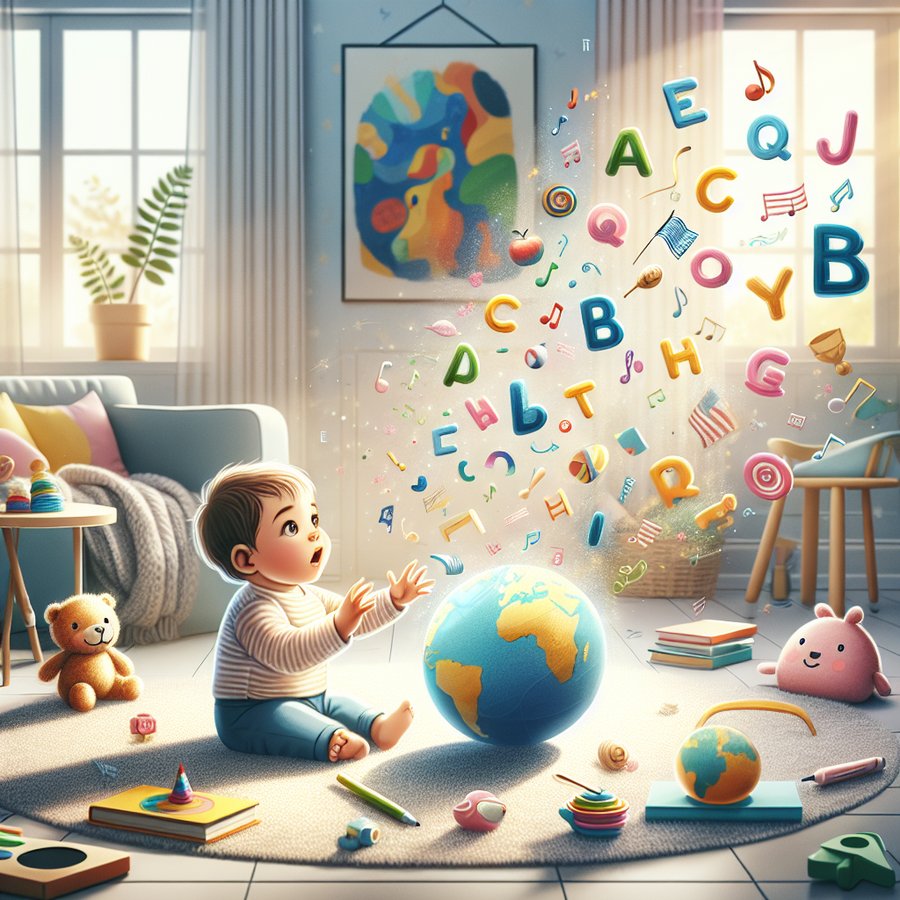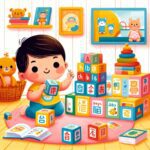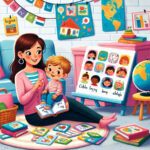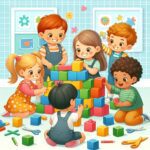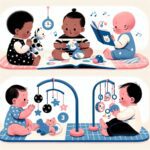The benefits of a bilingual environment for babies’ cognitive development are both vast and compelling. In recent years, research has increasingly shown that introducing a child to more than one language from an early age can significantly boost their cognitive abilities, including problem-solving skills, memory, and the ability to multitask. This article explores how a bilingual setting enriches a baby’s cognitive landscape, equipping them with the tools they need for a successful future.
Understanding the Cognitive Advantages
Research indicates that babies raised in bilingual environments tend to exhibit superior cognitive function compared to their monolingual counterparts. This includes enhanced executive functions such as switching attention, cognitive flexibility, and working memory. These skills form the foundational capabilities for learning, problem-solving, and adapting to new situations. Notably, a study highlighted by ScienceDirect underlines the early emergence of these advantages, sometimes as early as seven months of age.
Moreover, growing up bilingual has been linked to better performance on tasks that require attention, inhibition, and short-term memory. These findings suggest that the cognitive benefits of a bilingual environment for babies’ cognitive development are not just temporary but have long-lasting effects on the brain’s structure and function.
Benefits of Bilingual Environment for Babies’ Cognitive Development
The benefits of a bilingual environment extend beyond the early years, influencing cognitive development in profound ways. Not only do bilingual children show an increased aptitude for learning new languages later in life, but they also display heightened ability in diverse mental tasks. This includes more effective problem-solving, better multitasking capabilities, and an enhanced ability to focus on relevant information while disregarding distractions.
Another significant advantage is the impact on social and emotional development. Bilingual children tend to have better understanding and management of their emotions. They also show greater empathy and adaptability in social situations. By being exposed to more than one language, they learn to see the world from multiple perspectives, a skill that is invaluable in our increasingly globalized society.
Creating a Bilingual Environment at Home
Creating a bilingual environment at home doesn’t require you to be fluent in a second language yourself. It’s about providing opportunities for your baby to hear and eventually speak more than one language. This can be through interactive play, music, and books. Incorporating language learning into daily routines is also beneficial. For example, using meal times to introduce vocabulary in both languages can be a fun and effective method.
In addition, leveraging resources such as bilingual books, apps, and TV shows can supplement your child’s exposure to the second language. Engaging with native speakers, either within the family or through playgroups and classes, can further enrich the learning experience. For more insights, visit Supporting Bilingual Language Development in Babies and Toddlers.
In conclusion, the benefits of a bilingual environment for babies’ cognitive development are undeniable. From enhancing problem-solving skills and memory to improving multitasking abilities and social skills, the advantages are clear. As parents, creating a bilingual setting for your child can be one of the most impactful gifts you offer, setting them up for a lifetime of opportunities.
For further exploration into baby cognitive development and how to foster it, consider reading about Games to Encourage Cognitive Development in a 1-Year-Old, The Role of Music in Infant Brain Development, and Integrating Music into Your Baby’s Daily Routine for Cognitive Benefits.

